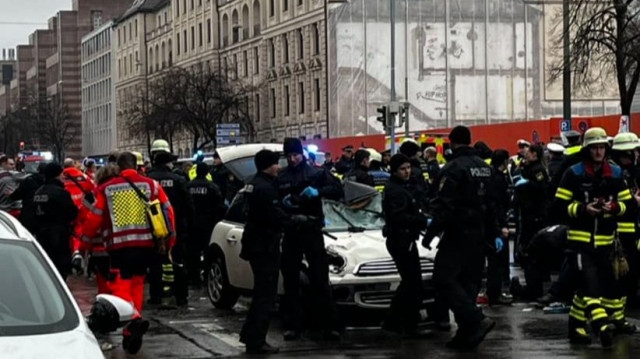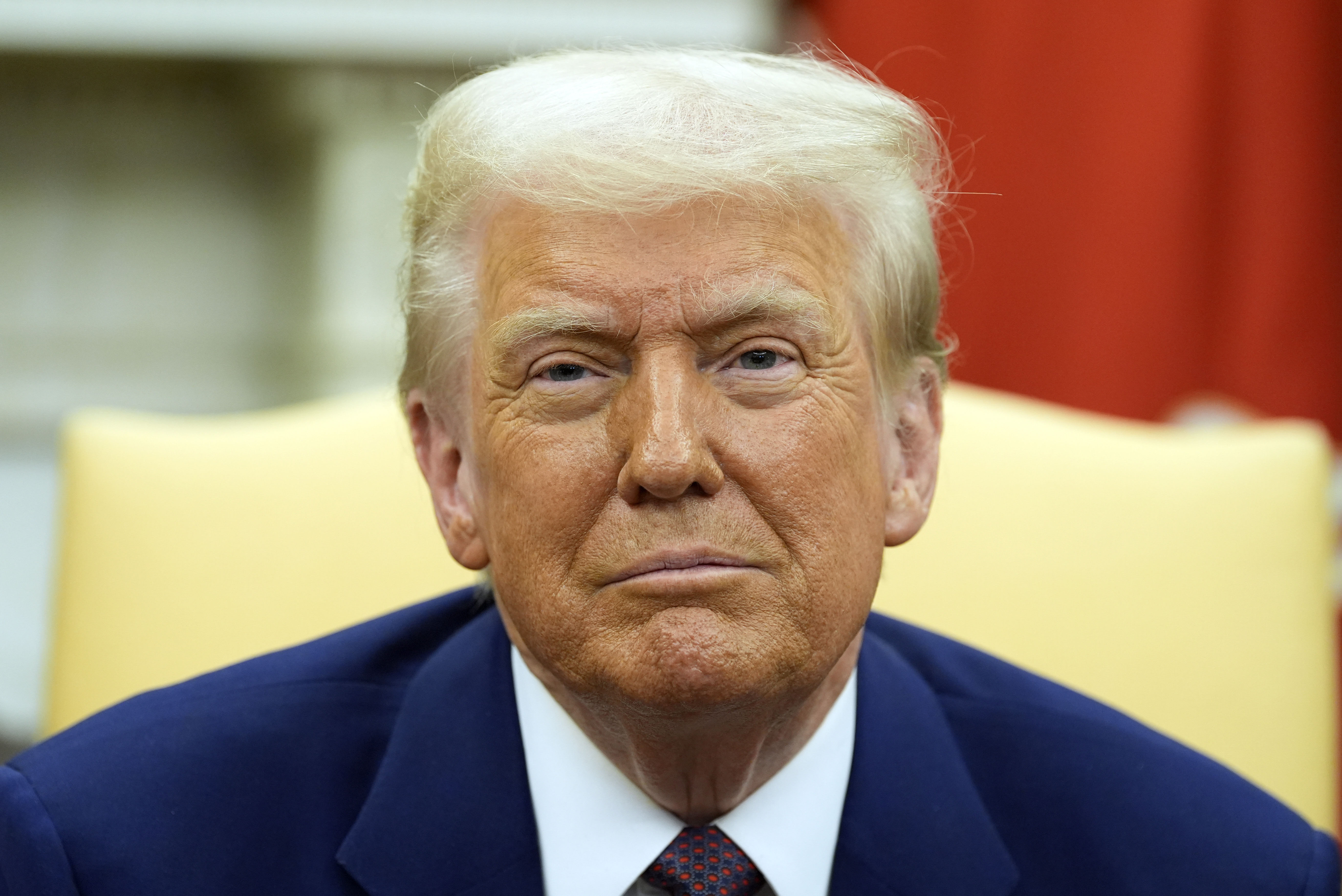Munich's Chaotic Day: Car Plows Through Demonstrators
A car attack in Munich sparks concerns as security heightens ahead of the upcoming conference, leaving citizens questioning the motives and causes behind the hit-and-run incident.
Published February 14, 2025 - 00:02am

Image recovered from yenisafak.com
The bustling city of Munich was thrown into chaos on a quiet Thursday, as a car plowed into a group of demonstrators, leaving at least 27 people injured. This unsettling incident unfolded a mere 1.5 kilometers from the historic Hotel Bayerischer Hof, the traditional venue for the Munich Security Conference, a significant gathering set to welcome international dignitaries and leaders globally. The circumstances surrounding this attack have led to heightened security concerns, given the proximity to the high-profile event. Emergency services and law enforcement swiftly descended upon the scene, arresting the driver, a 24-year-old Afghan national known to authorities for past narcotics offenses and petty crime.
The assailant, according to Bavarian Interior Minister Joachim Herrmann, remains under investigation as authorities seek to understand whether the act was deliberate or accidental. This task seems even more urgent with the General Prosecutor's Office for Combating Extremism and Terrorism assuming control over the investigation. Their efforts are now focused on uncovering any potential extremist motives behind the attack, which injured numerous participants of a trade union demonstration organized by the Verdi Union.
Local media reported that the alleged perpetrator, an asylum-seeker residing in Munich, was stopped by a police officer during the dramatic incident, and a shot was fired at the vehicle. The driver incurred minor injuries, yet no gunshot wounds. Official statements are cautious, as authorities deliberate if the suspect's actions were purposeful, or a frantic result of the confusion between the accelerator and the brake pedal, an aspect yet to be confirmed unequivocally.
The aftermath of this tragedy temporarily diverted focus away from the Munich Security Conference, an emblematic annual event where global leaders, such as U.S. Vice President JD Vance and Ukrainian President Volodymyr Zelensky, were expected to convene. In light of these events, the organizers expressed their deep sorrow on social media, directing their thoughts to the victims and emphasizing the importance of community cooperation with law enforcement during such precarious times.
While the investigation into the motive and details of the attack progresses, international reactions have echoed through various foreign capitals. Despite the alarming nature of the event, early reports confirm no Belarusian citizens were harmed during the attack, as stated by the Belarusian Ministry of Foreign Affairs. Diplomatic channels have remained open as further updates are awaited, underlining the global connectedness of these local events.
This incident places Munich under a glaring spotlight, with its implications extending beyond local borders. As the background of the suspect and possible extremist ties continue to unravel, the Bavarian city grapples with the reality of modern threats amid its welcoming tradition of international diplomacy and cooperation. This attack has not only impacted those directly affected but also challenges the general perception of safety within Germany, raising questions about prevention strategies, resilience, and the community's response in the face of adversity.
The unsettling incident serves as a stark reminder of the vulnerabilities that exist even in well-protected urban environments, pressing national and local governments to ensure that safety constituents remain robust in preparation for potential threats. As the Munich Security Conference commences, a collaborative effort among international leaders might address such issues at the forefront of the global safety agenda.






